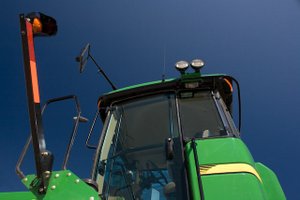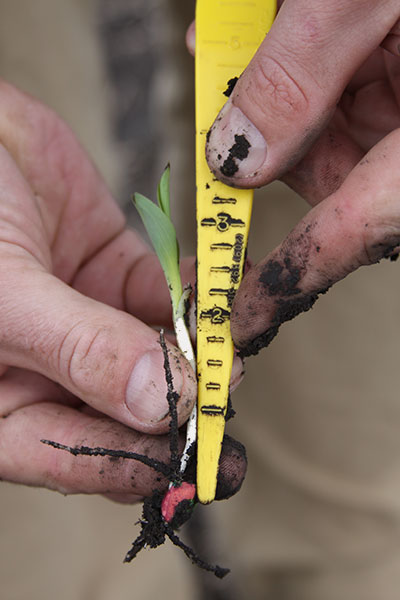
What is Production? The dictionary says:
1. The act or process of producing.
2. Something produced; product. 3. The total number of products; output,
1 = Farming 2= Crop 3= Bushels per Acre
Farmers are probably the most unique businessmen there are. They need to understand more than the average corporate business person. They need to comprehend the science of seed and soil. They need to be accountants, purchasers, mechanics and welders. They have to be a weather forecaster, and depending on their farm operation, may also have to be nutritionists and a veterinarian. With all that said, they still need to “farm”. A farmer needs to protect and nurture their crop from planting to harvest.
I remember hearing “the farmer only works two months out of the year: May & October” which is absolutely not the case! It is all that can be done in between those seasons that will help to maximize bushels per acre and revenue per acre. Starting with the right seed for your soil conditions is only the beginning. As you know, you can’t control Mother Nature. How you handle what she gives us is the one thing you can control!
The weather will determine how you will nurture your crop. A great example is feeding a diabetic; they do best when fed small meals all day long. The same idea applies with farming; nurture your crop by applying multiple applications of fertilizer and routinely apply fungicides in combination with other pesticides. Farmers who follow this philosophy will reap the benefit of higher yields as the plants will be healthier all season long.
What factors are keeping you from consistently producing maximum bushels?
Check the ones you already have in place:
__A 3 year goal and plan to reach higher yields
__Control over my production and yield strategy
__The right people in place to help me reach my goals
__Completed cropping plans prior to harvest each year
__Confidence in which seed and technologies to purchase
__Expertise in the latest agronomic practices to achieve my goals
__ Proficiency in advanced tillage practices
 98% of Corn Capital Innovations growers raise yields to new levels and significantly lower their per unit production costs! The 2% that don’t do this, do not follow our program.
98% of Corn Capital Innovations growers raise yields to new levels and significantly lower their per unit production costs! The 2% that don’t do this, do not follow our program.
Other factors to consider include protecting your investment with Crop Insurance, increasing profitability with Grain Marketing and generating revenue using Financial Management.
Contact us to help you increase your production as you nurture your field this growing season!




 Seed Placement – What is the ideal depth to plant?
Seed Placement – What is the ideal depth to plant? If this is your field, what are the emotions going through your mind right now?
If this is your field, what are the emotions going through your mind right now?







